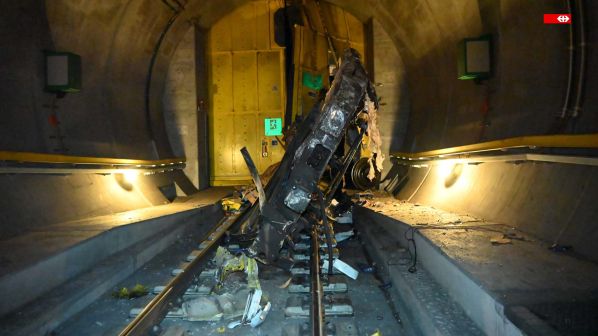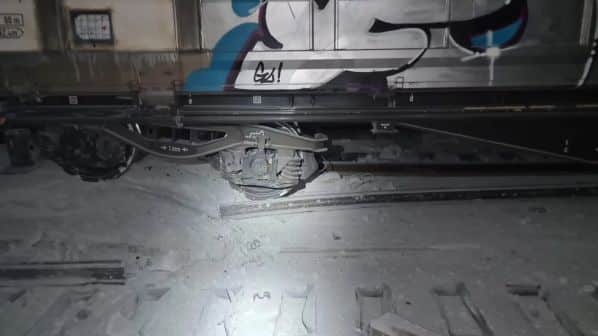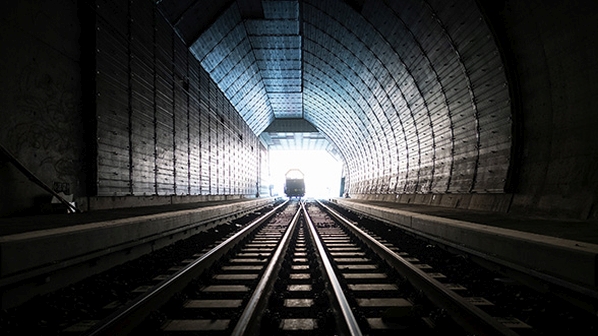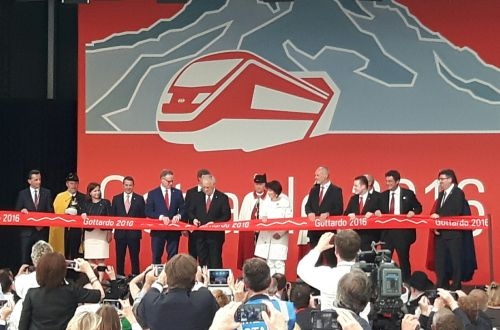SWISS Federal Railways (SBB) says the repair of the Gotthard Base Tunnel will take months, with passenger services continuing to be diverted via the older route until further notice.
The tunnel was completely closed on August 10 following the derailment of a freight train, which damaged track, switches and the doors that seal a connecting tunnel between the two main running tunnels.
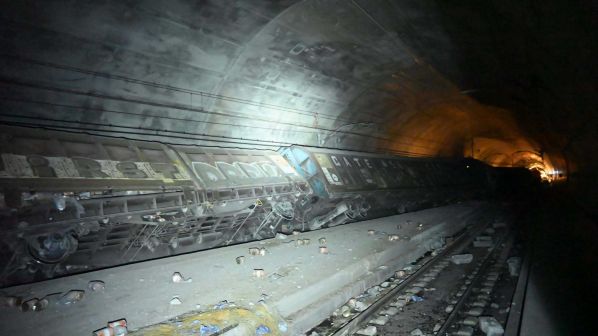
Freight services resumed operating through the undamaged eastern bore on August 23, following the installation of a temporary door to replace the damaged door, which ensures the airflow between the two running tunnels remains separate. The damaged door has been replaced with a temporary gate used for maintenance, while repairs are continuing on the signalling equipment that controls movements between the two bores.
SBB says the damage caused by the accident in the western tunnel was much greater than initially estimated, with 8km of track and 20,000 sleepers needing to be replaced. These extensive repairs are expected to take several months with SBB anticipating that both running tunnels will open for limited operation at the beginning of 2024.
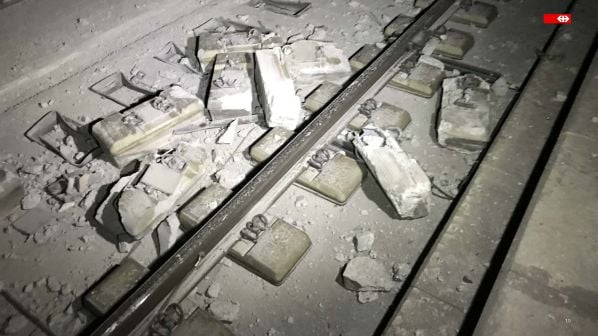
The train that derailed consisted of 30 wagons collected from five locations in Italy. The wagons were checked on arrival in Chiasso in Switzerland. SBB Cargo then formed the wagons into a new train, with this process including an operational and technical check of the wagons which found no irregularities.
In southern Ticino, an oncoming train driver reported smoke coming from the train that later derailed. During a subsequent check in Bellinzona, a jammed brake on a freight wagon was discovered and released, and this wagon is not suspected to have derailed first. After the fault had been rectified, the train was cleared to continue its journey. Between Bellinzona and the tunnel, the train passed automatic monitoring devices that did not trigger an alarm.
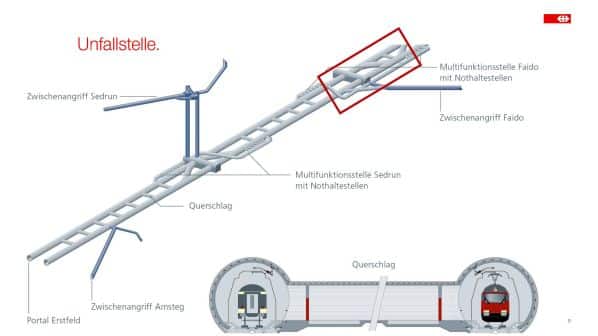
The Swiss Safety Investigation Authority (SUST) and the public prosecutor's office of the Canton of Ticino are continuing to investigate the cause of the accident.
“The Gotthard Base Tunnel is one of the safest in the world, but the fact that such an accident could nevertheless happen is very upsetting to us,” says SBB CEO, Mr Vincent Ducrot. “Fortunately, there were no injuries, but there was a lot of damage to property.”
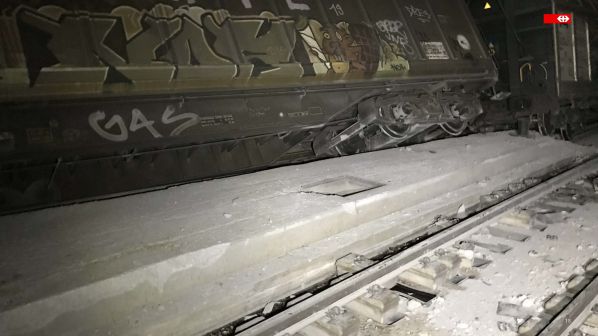
Ducrot also apologised for the disruption caused by the accident, and asked for understanding as the repairs are continuing.
“The teams deployed are doing their utmost to ensure that safe rail traffic through the Gotthard Base Tunnel is possible again as soon as possible,” he says.
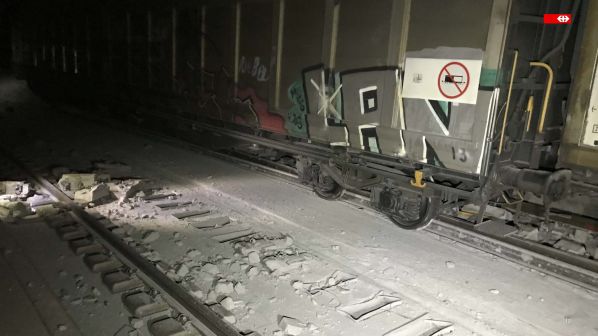
Work commenced after the accident site was released by the investigating authorities, but 16 derailed and damaged wagons remain in the tunnel. SBB says that some of these wagons were so badly damaged during the derailment that they will have to be cut up on site.
The temporary gate allows the single track in the undamaged eastern tunnel to be used for freight traffic, providing sufficient capacity for 100 trains a day that operate in flights of four alternating by direction.
Combined with the 30 trains a day that will continue to operate via the higher-altitude route that the base tunnel replaced, SBB says that this restores freight capacity in the Gotthard corridor to the level of autumn 2022 when 130 trains a day were using the base tunnel.
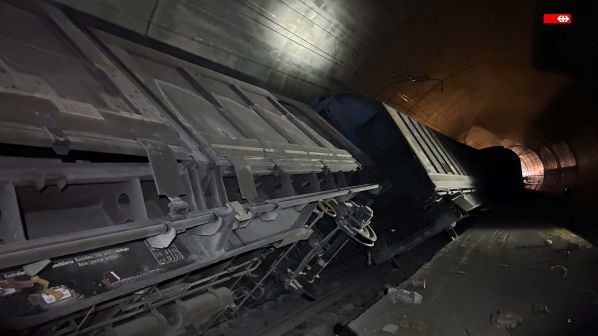
Passenger services will continue to use the older line as under normal operation the base tunnel’s second bore is used to evacuate passengers in the event of an emergency, which may not be possible while repairs are underway. SBB says it is working with the Federal Office of Transport (FOT) to find solution to allow passenger services to resume operating through the Gotthard Base Tunnel as soon as possible.
Diversion of cross-border services via the older line is extending journey times for cross-border services by between one and two hours.
